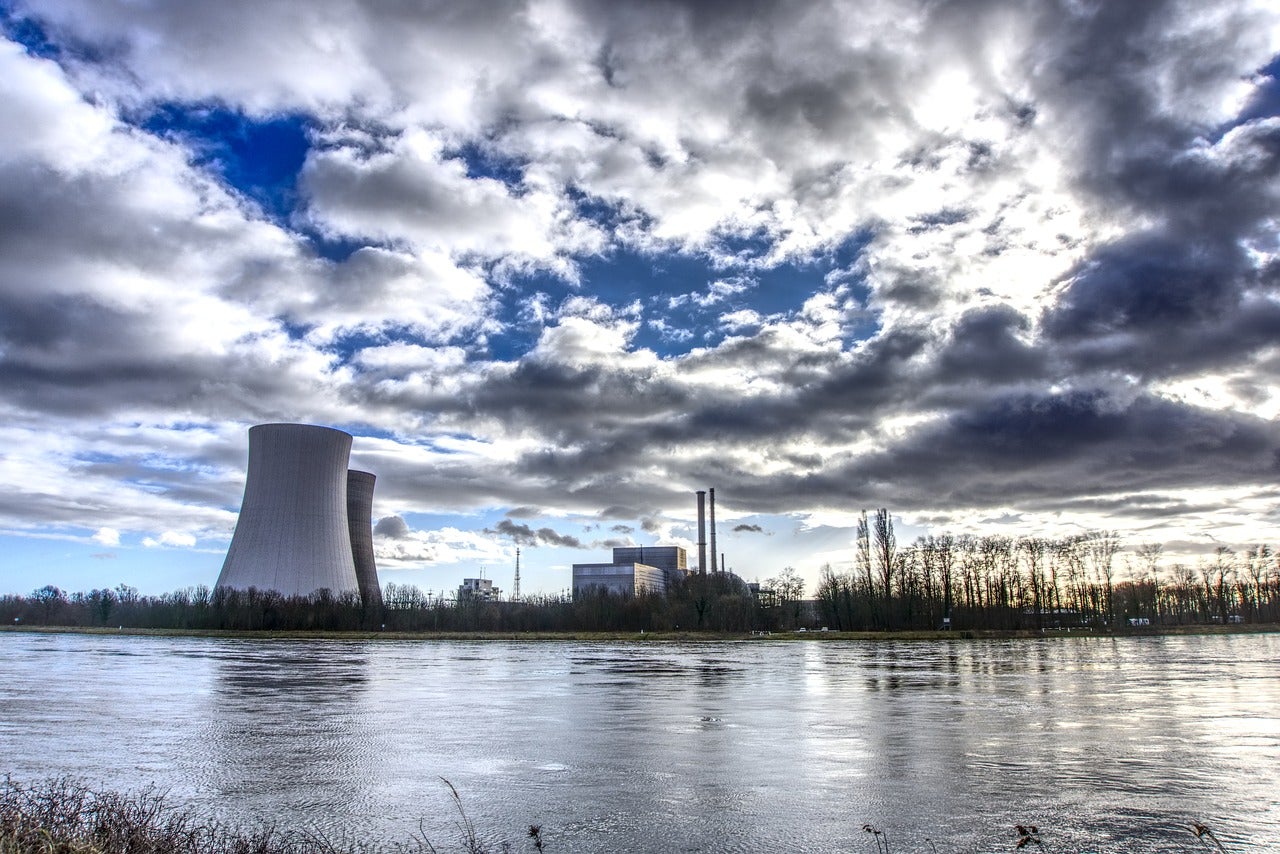
Nuclear monitoring stations in Sweden have detected radioactive particles suggesting a nuclear incident in Eastern Europe.
Nuclear particles of Caesium and Ruthenium were detected by a facility in Sweden on Monday and Tuesday last week. This was disclosed in a tweet on Friday 26 June. The amount of radiation is not hazardous to health, but is noticeably above backgrounds levels.
The detecting facility is run by the Comprehensive Nuclear Test Ban Treaty Organisation (CTBTO), which monitors all countries for undisclosed nuclear weapons tests. As part of this, it detects radioactive isotopes in the atmosphere. In this case, it found the radioactive isotopes Cs-134, Cs-137 and Ru-103, which are produced from nuclear fission in reactors.
The CTBTO has said the isotopes are “most likely from a civil source”. The Dutch National Institute for Public Health and the Environment has said this suggests damage to a fuel element in a nuclear plant.
The levels detected are less than those the site detected after the 2011 Fukushima disaster, approximately 8,000km (5,000 miles) away.
22 /23 June 2020, RN #IMS station SEP63 #Sweden???????? detected 3isotopes; Cs-134, Cs-137 & Ru-103 associated w/Nuclear fission @ higher[ ] than usual levels (but not harmful for human health). The possible source region in the 72h preceding detection is shown in orange on the map. pic.twitter.com/ZeGsJa21TN
— Lassina Zerbo (@SinaZerbo) June 26, 2020
The possible area of contamination to the east covers areas of Sweden, Finland, Estonia, Russia and Latvia. Contamination from the west is less likely, with the possible area covering a small amount of Denmark.
The International Atomic Energy Agency has said it is contacting its counterparts for further information “as per standard practice in such cases”.
The unfortunate precedent of nuclear particles in Sweden
So far, Russia has denied any alarms from its monitoring stations. Russian President Vladimir Putin’s press secretary Dmitry Peskov said: “We have an absolutely advanced radiation levels safety monitoring system and there are not any emergency alarms.”
The country has two nuclear power plants in its north-west, in Leningrad and Kola. State-owned nuclear company Rosenergoatom told Russia’s Tass news agency that both are working normally with no leaks reported.
Authorities are paying particular concern to this event due to its similarity with previous nuclear disasters. The world first learned of the Chernobyl nuclear reactor disaster when radioactive emissions were detected at a nuclear power plant in Sweden, more than 1,000 km (620 miles) away.
The Chernobyl plant is located in modern-day Ukraine, which at the time was part of the USSR. Russia and Ukraine were among the 15 sovereign states that emerged following the dissolution of the USSR.



